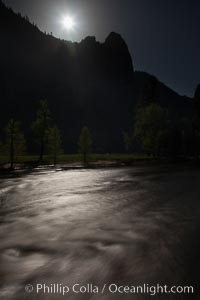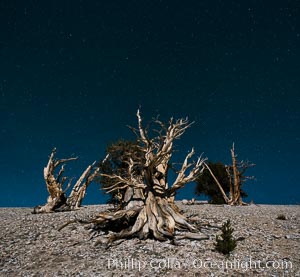
Ancient bristlecone pine trees at night, under a clear night sky full of stars, lit by a full moon, near Patriarch Grove.
Species: Ancient bristlecone pine, Pinus longaeva
Location: White Mountains, Inyo National Forest, California
Image ID: 28537
Species: Ancient bristlecone pine, Pinus longaeva
Location: White Mountains, Inyo National Forest, California
Image ID: 28537
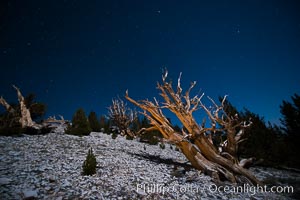
Ancient bristlecone pine trees at night, under a clear night sky full of stars, lit by a full moon, near Patriarch Grove.
Species: Ancient bristlecone pine, Pinus longaeva
Location: White Mountains, Inyo National Forest, California
Image ID: 28538
Species: Ancient bristlecone pine, Pinus longaeva
Location: White Mountains, Inyo National Forest, California
Image ID: 28538
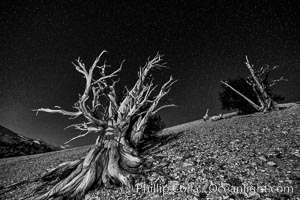
Ancient bristlecone pine trees at night, under a clear night sky full of stars, lit by a full moon, near Patriarch Grove.
Species: Ancient bristlecone pine, Pinus longaeva
Location: White Mountains, Inyo National Forest, California
Image ID: 28539
Species: Ancient bristlecone pine, Pinus longaeva
Location: White Mountains, Inyo National Forest, California
Image ID: 28539
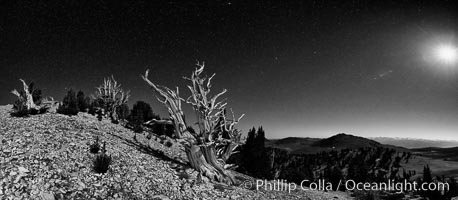
Ancient bristlecone pine trees at night, under a clear night sky full of stars, lit by a full moon, near Patriarch Grove.
Species: Ancient bristlecone pine, Pinus longaeva
Location: White Mountains, Inyo National Forest, California
Image ID: 28540
Panorama dimensions: 5144 x 11788
Species: Ancient bristlecone pine, Pinus longaeva
Location: White Mountains, Inyo National Forest, California
Image ID: 28540
Panorama dimensions: 5144 x 11788
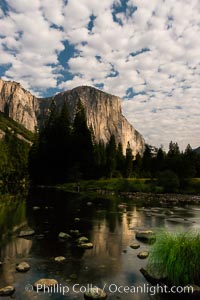
El Capitan and clouds lit by full moon, stars, evening.
Location: El Capitan, Yosemite National Park, California
Image ID: 28694
Location: El Capitan, Yosemite National Park, California
Image ID: 28694
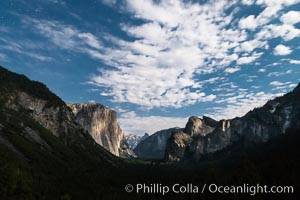
Yosemite Valley and stars lit by full moon, evening.
Location: Yosemite National Park, California
Image ID: 28696
Location: Yosemite National Park, California
Image ID: 28696
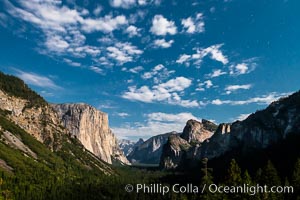
Yosemite Valley and stars lit by full moon, evening.
Location: Yosemite National Park, California
Image ID: 28698
Location: Yosemite National Park, California
Image ID: 28698
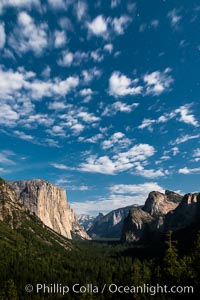
Yosemite Valley and stars lit by full moon, evening.
Location: Yosemite National Park, California
Image ID: 28699
Location: Yosemite National Park, California
Image ID: 28699
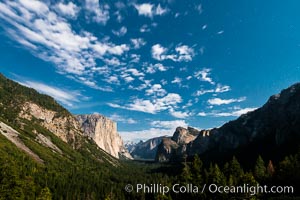
Yosemite Valley and stars lit by full moon, evening.
Location: Yosemite National Park, California
Image ID: 28700
Location: Yosemite National Park, California
Image ID: 28700
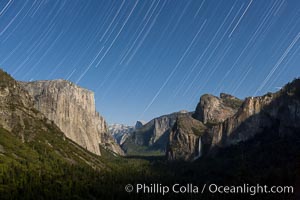
Star trails over Yosemite Valley, viewed from Tunnel View, the floor of Yosemite Valley illuminated by a full moon. El Capitan on left, Bridalveil Falls on right, Half Dome in distant center.
Location: Yosemite National Park, California
Image ID: 27736
Location: Yosemite National Park, California
Image ID: 27736
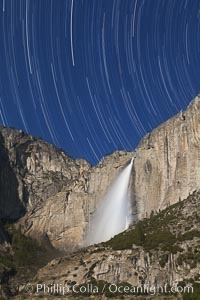
Yosemite Falls and star trails, at night, viewed from Cook's Meadow, illuminated by the light of the full moon.
Location: Yosemite Falls, Yosemite National Park, California
Image ID: 27731
Location: Yosemite Falls, Yosemite National Park, California
Image ID: 27731
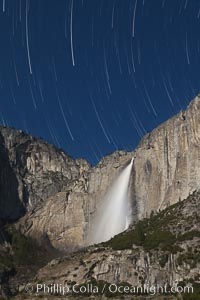
Yosemite Falls and star trails, at night, viewed from Cook's Meadow, illuminated by the light of the full moon.
Location: Yosemite Falls, Yosemite National Park, California
Image ID: 27732
Location: Yosemite Falls, Yosemite National Park, California
Image ID: 27732
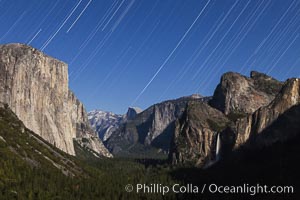
Star trails over Yosemite Valley, viewed from Tunnel View, the floor of Yosemite Valley illuminated by a full moon. El Capitan on left, Bridalveil Falls on right, Half Dome in distant center.
Location: Yosemite National Park, California
Image ID: 27735
Location: Yosemite National Park, California
Image ID: 27735
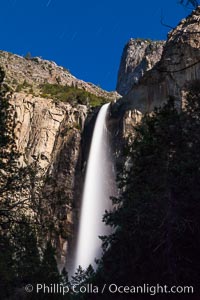
Bridalveil Falls at Night, lit by full moon with a rainbow forming in its spray, dropping 620 into Yosemite Valley, displaying peak water flow in spring months from deep snowpack and warm weather melt.
Location: Yosemite National Park, California
Image ID: 27753
Location: Yosemite National Park, California
Image ID: 27753
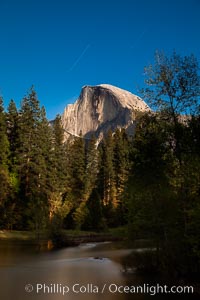
Half Dome and star trails, at night, viewed from Sentinel Bridge, illuminated by the light of the full moon.
Location: Yosemite National Park, California
Image ID: 27755
Location: Yosemite National Park, California
Image ID: 27755
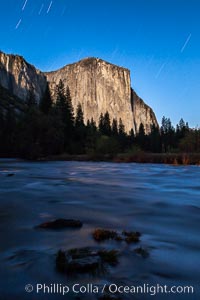
El Capitan and star trails, at night, illuminated by the light of the full moon.
Location: Yosemite National Park, California
Image ID: 27756
Location: Yosemite National Park, California
Image ID: 27756
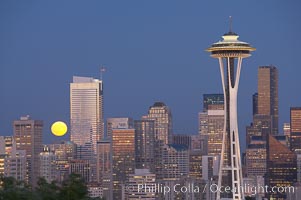
Full moon rises over Seattle city skyline at dusk, Space Needle at right.
Location: Seattle, Washington
Image ID: 13660
Location: Seattle, Washington
Image ID: 13660
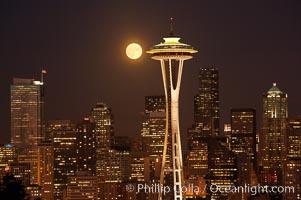
Full moon rises over Seattle city skyline, Space Needle at right.
Location: Seattle, Washington
Image ID: 13662
Location: Seattle, Washington
Image ID: 13662
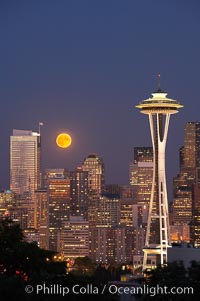
Full moon rises over Seattle city skyline, Space Needle at right.
Location: Seattle, Washington
Image ID: 13664
Location: Seattle, Washington
Image ID: 13664
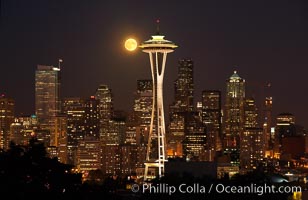
Full moon rises over Seattle city skyline, Space Needle at right.
Location: Seattle, Washington
Image ID: 13666
Location: Seattle, Washington
Image ID: 13666

Lunar eclipse sequence, showing total eclipse (left) through full moon (right). While the moon lies in the full shadow of the earth (umbra) it receives only faint, red-tinged light refracted through the Earth's atmosphere. As the moon passes into the penumbra it receives increasing amounts of direct sunlight, eventually leaving the shadow of the Earth altogether. August 28, 2007.
Location: Earth Orbit, Solar System, Milky Way Galaxy, The Universe
Image ID: 19392
Panorama dimensions: 1835 x 6442
Location: Earth Orbit, Solar System, Milky Way Galaxy, The Universe
Image ID: 19392
Panorama dimensions: 1835 x 6442
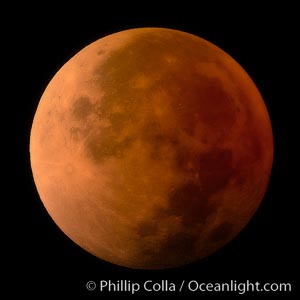
Blood red moon. During total eclipse the moon lies in the full shadow of the earth (umbra) and receives only faint, red-tinged light -- sunlight which is refracted through the thin layer of smoke- and haze-filled air that is Earth's atmosphere. August 28, 2007.
Location: Earth Orbit, Solar System, Milky Way Galaxy, The Universe
Image ID: 19450
Location: Earth Orbit, Solar System, Milky Way Galaxy, The Universe
Image ID: 19450
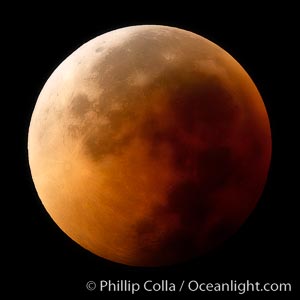
Blood red moon. During total eclipse the moon lies in the full shadow of the earth (umbra) and receives only faint, red-tinged light -- sunlight which is refracted through the thin layer of smoke- and haze-filled air that is Earth's atmosphere. August 28, 2007.
Location: Earth Orbit, Solar System, Milky Way Galaxy, The Universe
Image ID: 19451
Location: Earth Orbit, Solar System, Milky Way Galaxy, The Universe
Image ID: 19451
